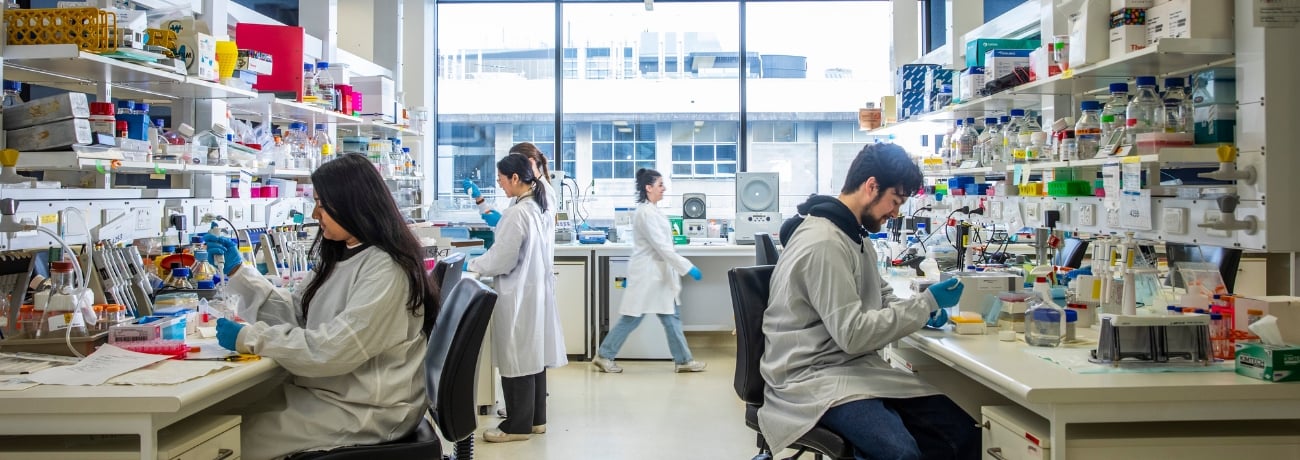“While we have become better at diagnosing Alzheimer’s, it is still one of the most difficult diseases to treat. The challenge we face is to find treatments that are effective and well tolerated. This is what The Florey is working towards. By adopting these new approaches, we hope to finally begin reducing the impact this disease has on the millions of people affected by it,” said Professor Ashley Bush, Head of The Florey’s Aging Brain Division.
Targeting genetic mutations
Associate Professor Scott Ayton and his team are exploring the underlying causes of neurodegenerative diseases. They are investigating a new theory which looks at the impact Alzheimer’s disease genes have on a process known as ferroptosis. This natural function occurs when iron is activated within a cell, resulting in its ‘self-destruction’. Associate Professor Ayton’s team believe certain gene mutations may activate ferroptosis prematurely, accelerating neurodegeneration and Alzheimer’s disease. Their theory could lead to new treatments which target these genetic mutations slowing Alzheimer’s disease related neurodegeneration.
Traversing the blood-brain barrier
New research by Dr Rebecca Nisbet and her team focuses on developing next-generation treatments for Alzheimer’s disease. Currently any treatments for the disease are limited in their effectiveness as they struggle to pass the blood-brain barrier – designed to protect the brain from any infections or germs in the blood. To overcome this challenge her team are investigating new drug delivery strategies to improve the ability of drugs to enter the brain. This includes packaging up the genetic information of the drug into drug delivery vehicles. Once delivered, brain cells can read this information and produce the drug themselves. Her team is also testing methods such as focused ultrasound which briefly opens the blood-brain barrier, allowing treatments to enter the brain.
Slowing disease progression
Dr Abdel Ali Belaidi and his team of researchers are examining excess iron in the brain as a contributor to neurodegenerative diseases like Alzheimer’s disease. His team are investigating the link between a protein known as Apolipoprotein E (APOE) and iron in the brain. While some types of APOE act as an indicator of a higher risk of developing Alzheimer’s disease, other types were found to be effective at regulating ferroptosis. Dr Belaidi and his team are exploring if the latter could provide an alternative treatment approach to Alzheimer’s disease. Their hope is that regulating and preventing premature ferroptosis, and the resulting iron build up, could slow neurodegeneration and Alzheimer’s disease progression.

